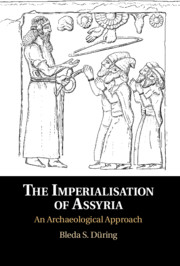Some human settlements endure for millennia, while others are founded and abandoned within a few decades or centuries. The reasons for variation in the duration of site occupation, however, are rarely addressed. Here, the authors introduce a new approach for the analysis of settlement longevity or persistence. Using seven regional case studies comprising both survey and excavation data, they demonstrate how the median persistence of individual settlements varies widely within and among regions. In turn, this variability is linked to the effects of environmental potential. In seeking to identify the drivers of settlement persistence in the past, it is suggested that archaeologists can contribute to understanding of the sustainability and resilience of contemporary cities.
